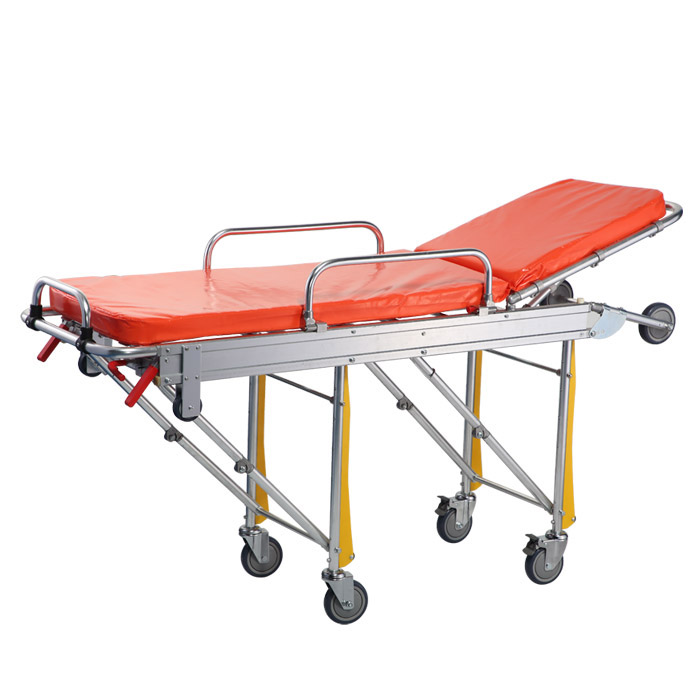we are able to supply top quality items, aggressive price and greatest buyer assistance. Our destination is "You come here with difficulty and we offer you a smile to take away" for stainless steel stretcher base,
medical trolley,shower bed trolley,auto first aid kit,If you are interested in our products, please feel free to send us your inquiry. We sincerely hope to establish win-win business relationships with you. The product will supply to all over the world, such as Europe, America, Australia,Florida, Colombia,Florence, Zambia.We are always creating new technology to streamline the production, and provide goods with competitive prices and high quality! Customer satisfaction is our priority! You can let us know your idea to develop unique design for your own model to prevent too much similar parts in the market! We will offer our best service to satisfy all your needs! Please contact us right away Exhibition Name:MEDICA 2022Time: 14th November -17th NovemberBooth: Hall 17 17A41-6Address:
A typical hospital room houses a variety of medical equipment to help care for patients. This equipment can include an I
Hospital beds are beds designed for individuals who typically require medical care/nursing with greater versatility,mobi
Speaking of stretchers, we all know that whether it is a family war or a natural disaster a tool we all use when we do h
























